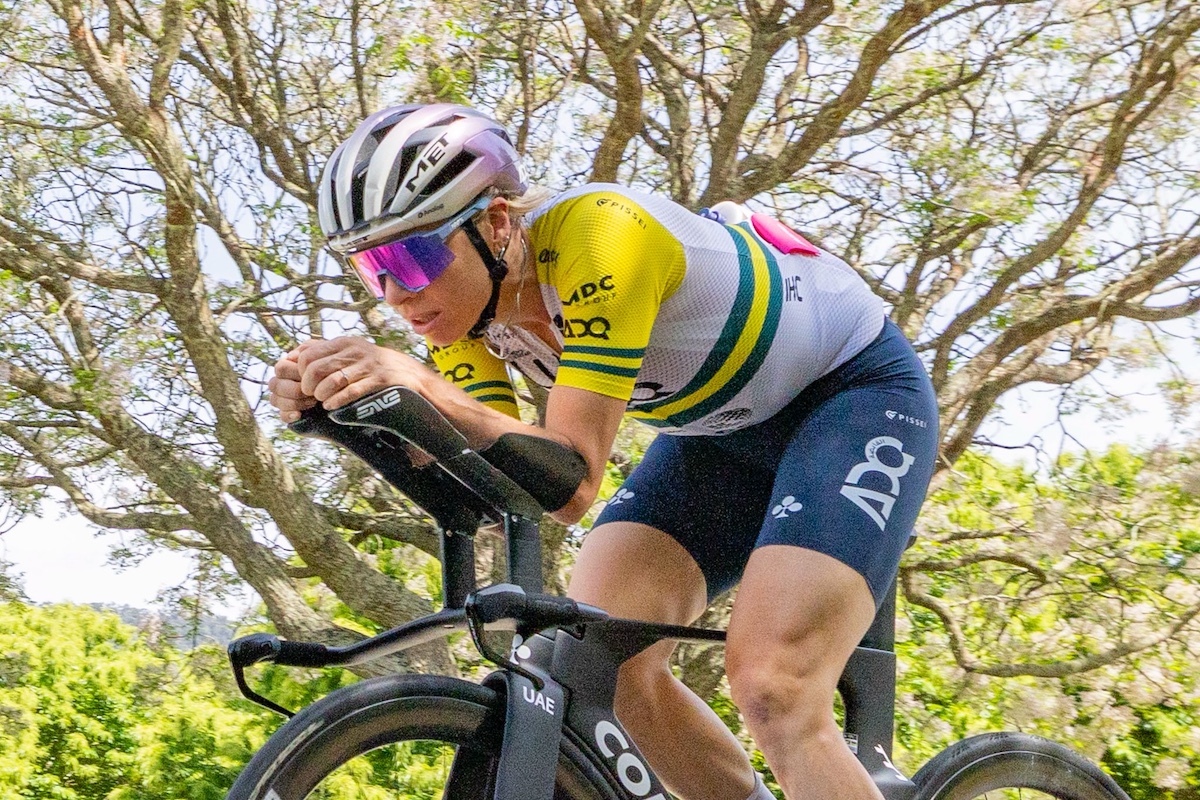Tour of Utah builds on tradition with extra day
Miller still examining route options for 2014
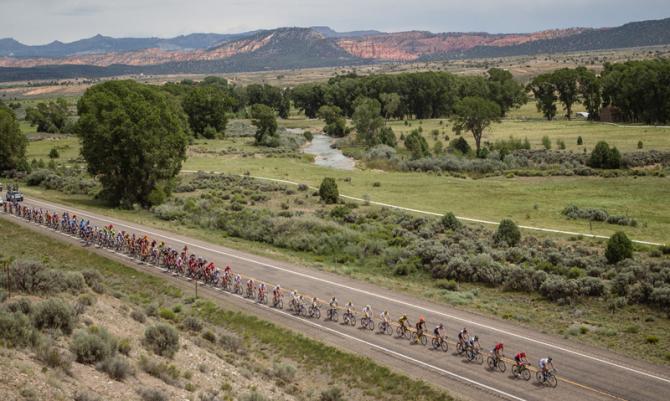
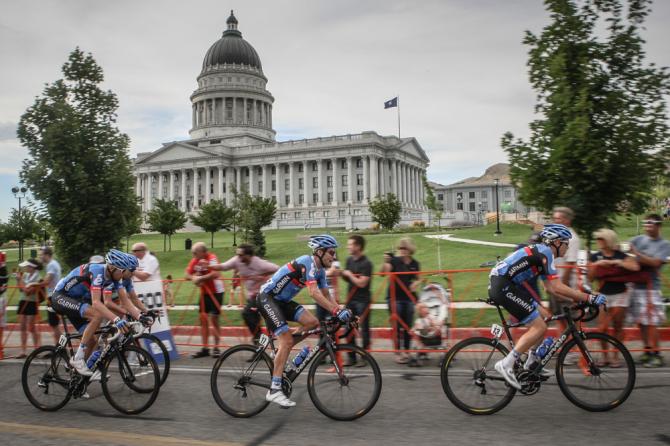
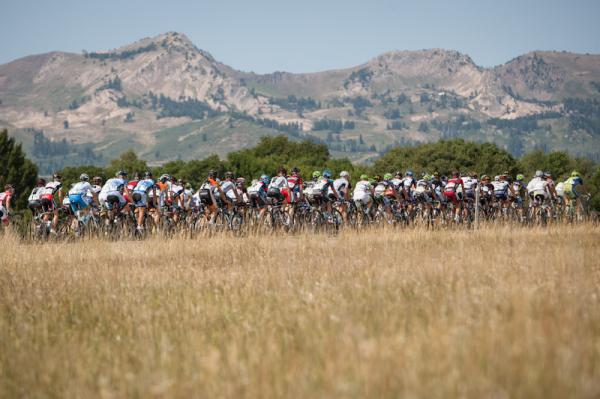
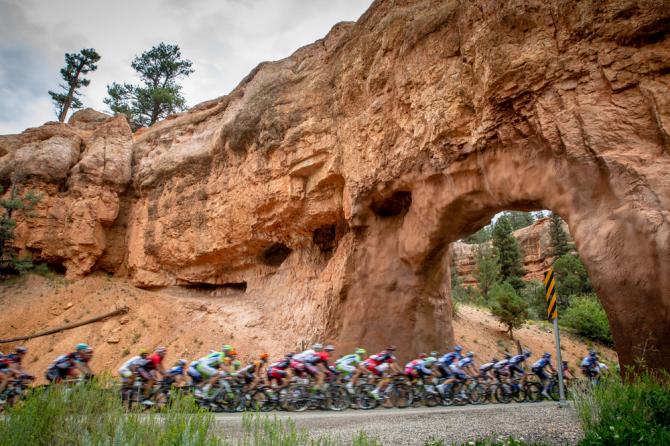
The Larry H. Miller Tour of Utah's expansion to seven days in 2014 is part of a natural and sustainable progression for the UCI 2.1 stage race, event president Steve Miller told Cyclingnews last week. Miller, president of Miller Sports Properties, which has owned the race since 2006 and which also owns the Utah Jazz NBA franchise and several other professional sports teams in the state, said the market has spoken, and it wants to see more racing and more of the state.
"Biting off another day is a big thing," Miller said. "But it is something that we're excited about because it is indicative of the appetite that the fans have and the race has and the sponsors have, so we think it's a good sign."
The Tour of Utah will remain a 2.1-rated stage race on the UCI Americas Tour. The 10th edition of the race will start on Monday, August 4, and finish on Sunday, August 10. Although the 2014 route has not yet been announced, the 2013 race made its first-ever swing through the national monuments and the red rock landscape of southern Utah, opening up myriad new opportunities for routes and host cities.
"As big as the state of Utah is, in order for us to showcase the state properly we have to add another day so we can move around and not be pinched into racing ridiculous miles everyday," Miller said.
The 2013 edition of the race marked the first time the Tour of Utah did not feature an individual or team time trial. Miller said whether the race will have a time trial in 2014 has still not been decided. The 2014 route is in the "white board" phase, he said, and any number of configurations are on the table.
"Anything from a prologue plus six days of racing, to no prologue but a time trial with six days of racing, to a prologue and a time trial with five days of racing," Miller said. "It's really too early to say what the composition of stages will look like. You start with a clean slate and the sky is the limit."
The sky has always seemed to be the limit for the Tour of Utah, which started in 2004 as a local three-day stage race. Over the past 10 years it has evolved into a race with international fields and a reputation as America's toughest. The pace of the race's growth really started taking off when the Utah Cycling Partnership, owned by the Larry H. Miller Group of Companies, purchased the event after the 2006 edition.
The latest race content, interviews, features, reviews and expert buying guides, direct to your inbox!
The race was not held in 2007 but was relaunched in 2008 as a five-day National Racing Calendar event. The race stepped up to the UCI 2.1 level in 2011, when it was won by Levi Leipheimer riding for RadioShack. Johan Tschopp, riding for BMC, won the race in 2012, followed by winner Tom Danielson (Garmin-Sharp) in 2013.
Miller said the initial plans for the event were to simply keep the race healthy and see where it could go without getting too far ahead of itself. In 2008, organizers set their sights on really growing the race with an eye toward becoming a UCI event.
"To us, becoming a UCI event meant that it was of the caliber of the other things that we do as a company, as an organization," Miller said. "Everything that we do, we want it to be first class, we want it to be top quality, we want it to be something that we're proud to be associated with.
"Becoming a UCI event meant that we could invite the top teams and the top riders in the world," Miller continued. "So that was one of our early goals – to become that UCI event – and now to expand by one day into a seventh day of racing is kind of the next evolution of the race continuing to grow."
As a 2.1-ranked event, the race is on par with the Tour of Alberta in Canada. The USA Pro Challenge and Amgen Tour of California are the only North American race to have achieved the UCI's 2.HC ranking, which is just one notch below the WorldTour. Does Miller see his race growing to the 2.HC level in the future? He said his group has discussed the possibility many times.
"I wouldn't rule it out, but it's not something that we're really reaching for the throttle on," he said. "It's there, and it's a possibility, but it's something that we're being very methodical on and weighing the pros and cons of. It's actually something that we considered for this year, but we are fairly conservative, and we don't like to bite off too much in any one given year. So maybe the 2.HC ranking is next year's new thing that we add to the tour. But who knows, really. It's too early to say."
Miller Sports Properties is very happy with what the race has become and is not focused on competing with or eclipsing those other races, Miller said, preferring instead to focus on basics like increasing spectator turnout and ensuring the best fields possible. Because there are no tickets to sell for the event, the race budgets come exclusively from sponsorship dollars, any growth must be accompanied by increased sponsorship.
"In terms of long-term vision, we just want to continue to do more of the same and will take the opportunities that come to us that we feel are beneficial to the race," Miller said. "And we've made a commitment to ourselves that we won't do anything to put the race in harm's way.
"We don't want to keep up with Joneses, with California or Colorado, because we're not either one of those," he continued. "We're Utah. Our race has its own DNA, it has its own flavor."
The flavor of the race has always trended toward the difficult side of things. The state's generally high elevation and often soaring August temperatures, combined with a steady diet of mountains along the course, have earned the race's "tough" reputation. Now with seven days to work with, can the organizers make it even tougher?
"I think the key for us is what we do with that seventh day, whether that becomes a prologue, whether it becomes a time trial or whether it's just a seventh day of racing," said Miller, adding that the real challenge is to not make the race so difficult that its turns people off. "So we'll strike that balance. We'll probably push the envelope just a little bit – try to make it a little bit tougher – but not make it so ridiculously tough that people don't want to come back."
Growing up in Missoula, Montana, Pat competed in his first bike race in 1985 at Flathead Lake. He studied English and journalism at the University of Oregon and has covered North American cycling extensively since 2009, as well as racing and teams in Europe and South America. Pat currently lives in the US outside of Portland, Oregon, with his imaginary dog Rusty.
